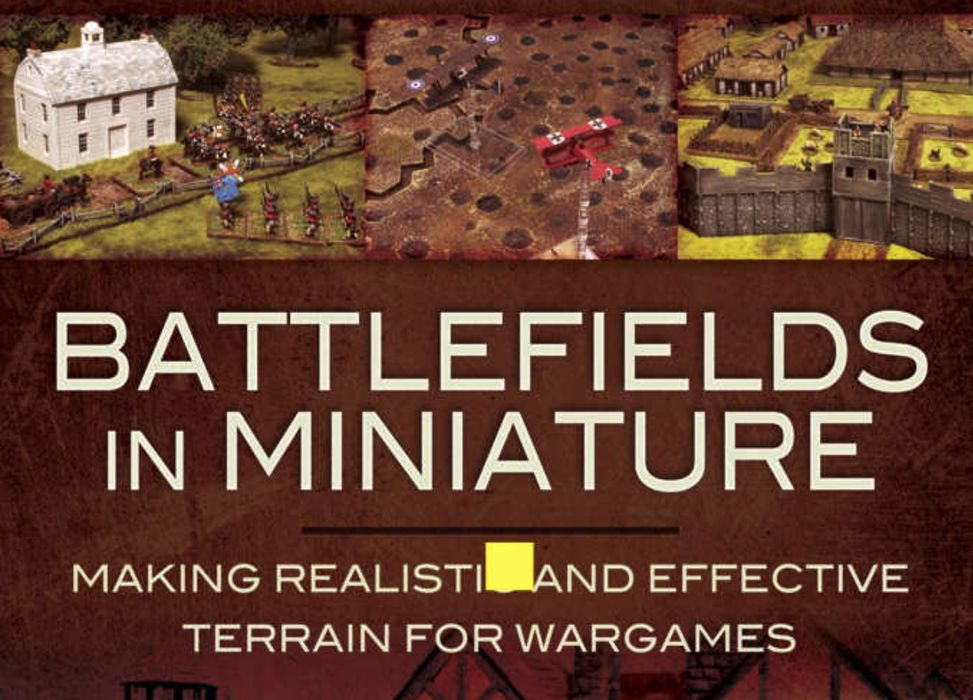
This week’s selection is “Battlefields In Miniature: Making Realistic and Effective Terrain for Wargames” by Paul Davies.
First, I have to point out that this is NOT a book on 3D printing. In fact, the technology is not mentioned at all in this book.
It is, however, a book that many Fabbaloo readers may find of great interest.
In recent years there has been a transformation in usage of desktop 3D printing. While the original DIY desktop 3D printer users tended to make mechanical parts for physical projects and prototypes, more recently there has been a boom in the use of resin 3D printing.
That resin 3D printing activity has been focused on the gaming world. The ability to access (or own) very inexpensive and effective resin 3D printing gear has allowed gamers to produce their own game figurines of many designs.
Designers have noted this demand and have developed their own industry to supply designs to interested gamers. In fact, one of the major 3D model repositories, MyMiniFactory is essentially riding on this business model these days.
Many Fabbaloo readers will be those operating their own desktop resin 3D printers for this purpose. But if they are making figurines, they also very likely need terrain to put them on.
This book is all about how to design and build terrain for tabletop wargames, which can take many forms and require a variety of building techniques.
Davies begins with an overview of the process of terrain design, and in particular the types of materials you would be using to perform the construction.
Building terrain is a bottom up business by necessity, and Davies provides an overview of sculpting terrain, applying tiles and cloth materials to form the base.
On that base can be built many different elements for a scene. Features covered include:
- Rivers
- Ponds
- Islands
- Cliffs
- Hills
- Trees
- Walls
- Fences
- Screens
- Hedges
- Gates
- Cultivated Fields
- Roads
- Bridges
- Defences
- Buildings
As you can see by this list, Davies provides a very comprehensive overview of the methods you can use to build virtually any conceivable gaming terrain.
If you’re a gamer using 3D printing to produce figurines, you might also be interested in reviewing this book.
We’re an Amazon Associate and earn a small fee from qualifying purchases. Help support our 3D print news service by checking out this book!
Via Amazon
